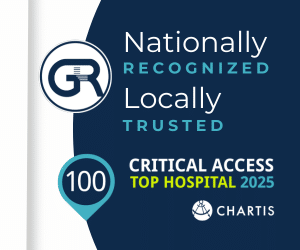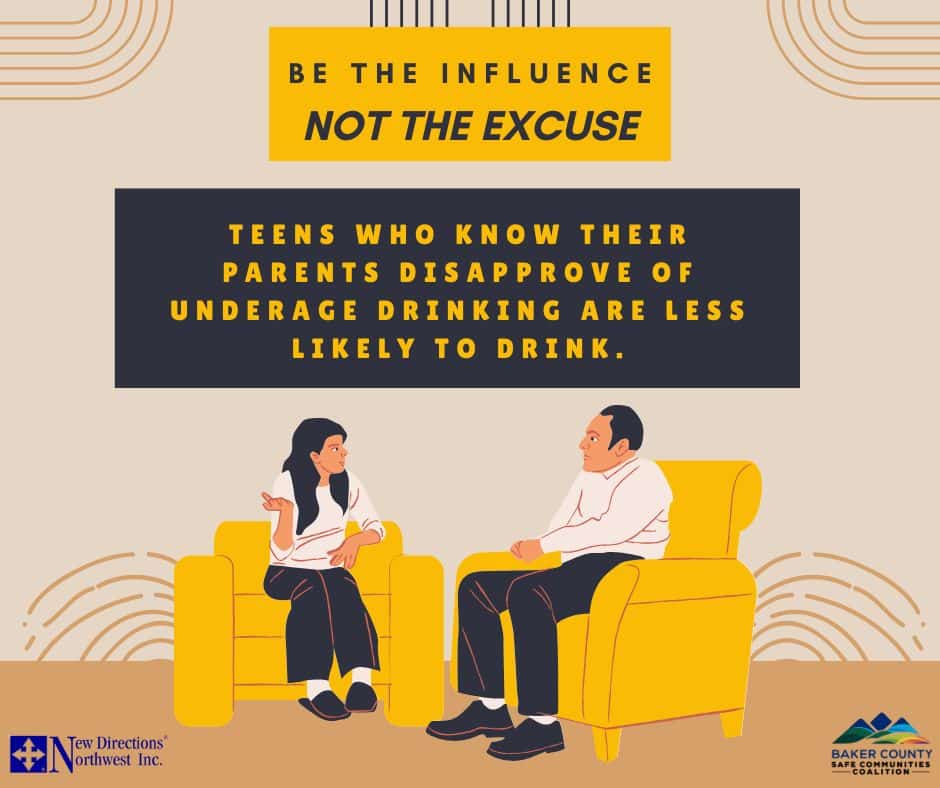
Oregon Marine Board reminds recreationists to have their waterway access permits
By Garrett Christensen on Monday, April 15th, 2024 in More Top Stories Northeastern Oregon News
EASTERN OREGON – (Release from the Oregon State Marine Board) The Oregon State Marine Board’s Waterway Access Permit Program has entered the fifth year of implementation; however, compliance is still low compared to other boating requirements.
In 2019, the Oregon Legislature approved the waterway access permit program with the intent of having the Marine Board use the funding for improving nonmotorized access and increase paddling education opportunities in underserved communities. Since the program’s implementation in 2020, the agency has approved more than $2.7 million in Waterway Access Grants (WAG). Boaters can see detailed information about grant funded projects on the Marine Board’s Grant History Dashboard.
Anyone who recreates on Oregon’s waterways with a nonmotorized stand-up paddleboard, canoe, kayak, inflatable watercraft, drift boat, or any hybrid combination with a length 10 feet and longer, needs to purchase a Waterway Access Permit and be able to provide the permit (printed copy or digital display) when approached by marine law enforcement. The permit is transferable to other nonmotorized boats and youths 14 and younger are exempt. The Marine Board also provides the option for paddling event organizers to purchase bulk 7-day permit certificates to be compliant with the law for their events.
Waterway Access Permit purchasing options through the Marine Board’s Boat Oregon Online Store include a 7-day permit for $5, an annual permit for $17, and a 2-year permit for $30. There is a $1.50 portal provider fee with each transaction. Boat rental businesses can purchase permits in bulk at a discounted rate. To use the store, simply click on Online Services, and select the permit option you’d like, then follow the prompts.
Safety is another important facet in all forms of boating and having required equipment onboard. Paddlers need to carry a properly fitting US Coast Guard-approved and readily accessible life jacket and a whistle (sound producing device). Children 12 and under must wear a life jacket while the boat is underway. It is best to always wear a life jacket while paddling. Paddlers are near the water level and capsizing risk increases. People often drown when they capsize if they are not wearing a life jacket. If paddling at night or during periods of reduced visibility, paddlers also need to display a white light source, like a flashlight.
The Marine Board also stresses the importance of taking the time to plan ahead, learn the skills you’ll need for the waterway you plan to boat, and always communicate or write down a float plan with family and friends. Education, planning and preparation go a long way to you having a safe and enjoyable experience.
The Marine Board also offers many resources including FREE online paddling courses to help beginners learn the basic skills and techniques to boat safe. Want to learn how to get started? Visit Boat.Oregon.gov and let your water recreation adventures begin!









